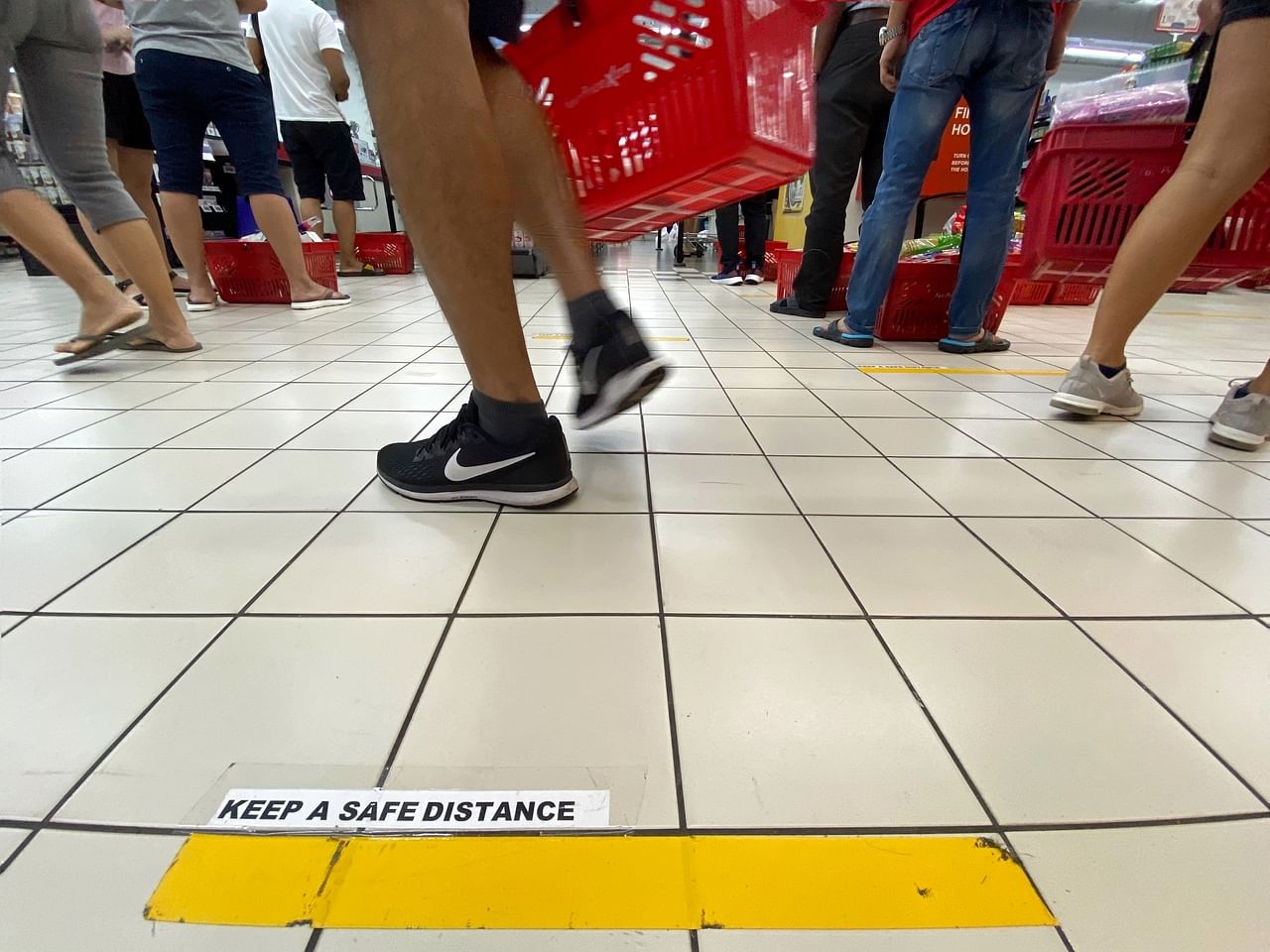Parliament: Goal is to get through Covid-19 outbreak without sharp spike or 'long tail', says Gan Kim Yong
Sign up now: Get ST's newsletters delivered to your inbox

In the scenario known as flattening the curve, the goal is to introduce stringent safe distancing and other measures to slow down the infection rate.
ST PHOTO: GAVIN FOO
Follow topic:
SINGAPORE - Singapore's goal is to get through the coronavirus outbreak without having a sharp spike in cases or stretching out the pandemic, said Health Minister Gan Kim Yong on Wednesday (March 25).
In a ministerial statement in Parliament, he laid out two potential scenarios drawn up by academics for dealing with the outbreak: establishing herd immunity and flattening the curve.
In the first scenario, the strategy is for the Government to do nothing and allow most of the population to get infected and become immune quickly. In theory, this would cause infection rates to slow down as the population becomes more immune, or a vaccine or cure is found.
But there are two major risks, Mr Gan said.
First, an uncontrolled spike in the number of cases in a short period of time will overwhelm the healthcare system, easily resulting in high mortality rates. "There is no turning back once we are on this track," he added.
Second, it is not certain yet that this immunity will be effective or sustained.
In the second scenario, known as flattening the curve, the goal is to introduce stringent safe distancing and other measures to slow down the infection rate. Although infection numbers will still grow, Singapore will end up with a lower peak of infections.
"But by flattening the curve, we may actually stretch out the pandemic, meaning it will take longer for the pandemic to be over."
Singapore is still at the start of the curve today and has a chance to do neither, Mr Gan said.
"We hope that if we do it right, we can significantly slow down the growth as much as we can, until the pandemic is over, without either a sharp peak or long tail," he added.
"This may sound impossible, because these are the two curves that are established by academics. But as impossible as it may sound, we have to try our best to do so."
To do so, Singapore is strengthening efforts to detect cases early and start the contact tracing process as soon as possible, the minister said.
In preparation for the expected surge in cases in the coming weeks, the authorities have expanded its contact tracing capacity from three teams at the beginning of the outbreak to 20 teams today.
They can now trace up to 4,000 contacts every day, and will continue to scale up capacity as needed, he added.
Singapore is also leveraging technology to supplement contact tracing efforts, like the newly launched TraceTogether smartphone app, Mr Gan said. The app can identify people who have been in close proximity - that is, within 2m for at least 30 minutes - to coronavirus patients, using wireless Bluetooth technology.

